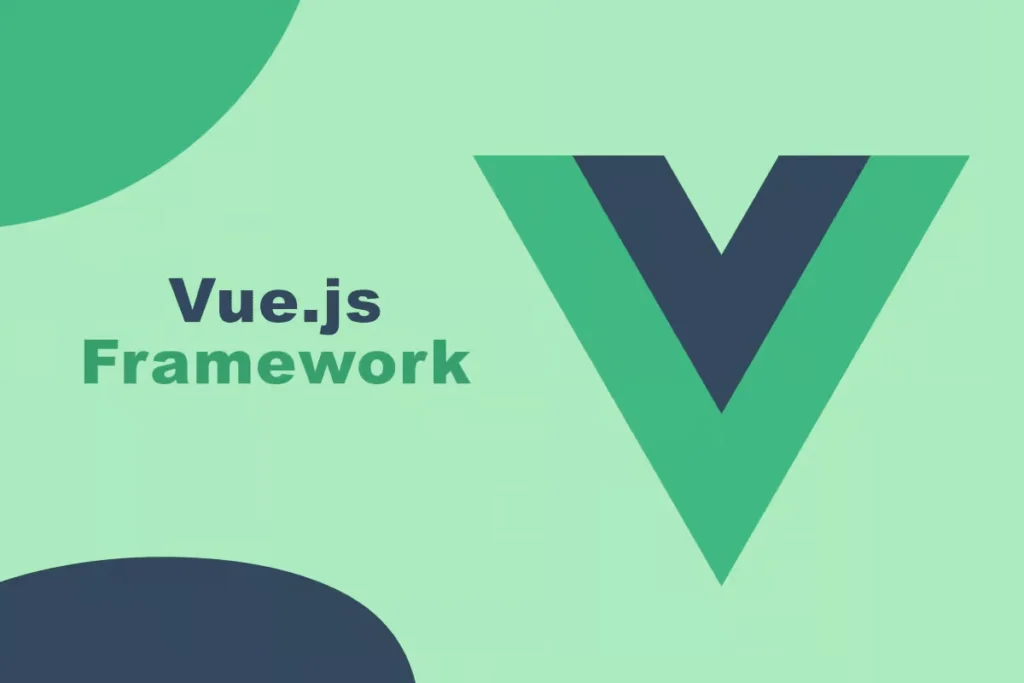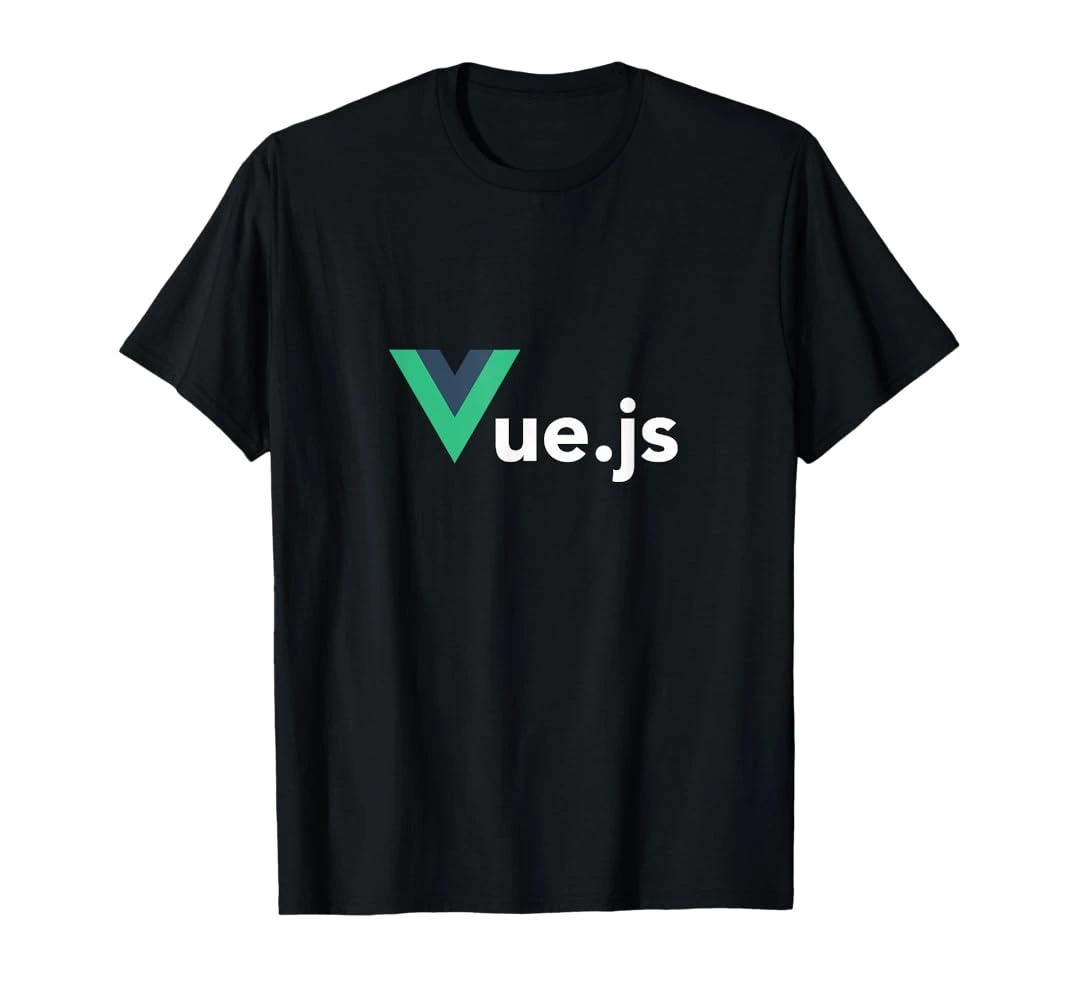What is Vue js and Why It Matters

A Brief Introduction to Vue js
Vue js is a progressive JavaScript framework for building user interfaces. Created by Evan You in 2014, Vue js allows developers to craft modern, reactive web applications efficiently. Unlike full-fledged frameworks, Vue js can scale from a simple library enhancing a single web page to a complete framework for complex applications.
The Evolution of Front-End Frameworks
The web development landscape has evolved rapidly, from jQuery to Angular, React, and now Vue js. Developers increasingly require lightweight, flexible, and maintainable frameworks, and Vue js fits perfectly into this ecosystem.
Key Advantages of Using Vue js in 2025
- Lightweight and fast
- Easy to learn and integrate
- Strong community support
- Flexible architecture for small and large projects
Why Choose Vue js for Your Projects
Simplicity and Ease of Learning
Minimal Setup Requirements
Vue js requires minimal configuration to get started, making it ideal for beginners or quick prototypes. You can include Vue js via a simple <script> tag or use the Vue CLI for more advanced projects.
Intuitive Template Syntax
With a straightforward HTML-based template syntax, developers can easily bind data to the DOM and create reactive interfaces without a steep learning curve.
Flexibility and Integration
Progressive Framework: Scale as Needed
Vue js is progressive, meaning you can adopt it gradually. Start with a small part of your application and scale up to a full SPA (Single Page Application) as needed.
Seamless Integration with Existing Projects
Vue js can integrate with other libraries or frameworks without rewriting your entire codebase, making it perfect for incremental upgrades.
Performance and Efficiency
Lightweight Virtual DOM
Vue js leverages a virtual DOM to optimize updates, ensuring fast rendering and efficient updates for complex interfaces.
Fast Rendering and Re-rendering
Reactive data binding ensures that only the components affected by data changes are re-rendered, improving performance in large applications.
Key Features That Make Vue js Unique
Reactive Data Binding
One-Way vs Two-Way Binding
Vue Js supports reactive data binding, allowing developers to update the UI automatically when data changes. It provides both one-way data flow for predictable state management and two-way binding for interactive forms.
Component-Based Architecture
Reusable and Modular Components
Vue js is built around reusable components, which promote modularity, scalability, and maintainability in large applications.
Single-File Components
HTML, JS, and CSS in One File
Vue Js components can combine template, script, and style in a single file (.vue), streamlining development and enhancing maintainability.
Vue CLI and Ecosystem Tools
Vue Router and Vuex
Vue CLI provides a robust toolset for scaffolding projects, including Vue Router for navigation and Vuex for centralized state management.
Integration with Modern Build Tools
Vue.js works seamlessly with modern development tools like Webpack, Vite, and Babel for optimized builds.
How Difficult is It to Learn Vue js?
Learning Curve Compared to React and Angular
Vue js is often considered the most beginner-friendly of the three major frameworks (Vue, React, Angular). Its template syntax closely resembles standard HTML, and it includes key features like reactivity and componentization without requiring complex setups. Compared to Angular, Vue avoids the heavy use of concepts like decorators, dependency injection, and RxJS observables, which can overwhelm newcomers. Compared to React, Vue’s clear separation of template, style, and logic (via Single File Components) makes the structure easier to grasp, especially for developers coming from a traditional web background. This balance makes Vue an excellent choice for quick onboarding and faster productivity.
Resources and Community Support
Official Documentation
Vue’s official documentation is widely praised as one of the best in the industry. It is comprehensive, approachable, and regularly updated, offering clear explanations, code snippets, and migration guides. Beginners can start with the basics and progressively move into advanced features at their own pace.
Online Tutorials and Courses
The Vue ecosystem is supported by a wide range of free and paid learning resources. Platforms like Vue Mastery, Vue School, and community-driven YouTube tutorials provide structured learning paths. In addition, countless blog posts, GitHub repositories, and open-source projects give practical, real-world examples, making it easier for beginners to see how Vue is used in production.
Realistic Expectations for Beginners
From Small Projects to Large Applications
For new developers, it’s best to begin with small projects—such as a to-do app, weather widget, or a personal blog—to understand Vue’s reactivity system, directives, and component-based structure. Once comfortable, they can progress to building more complex Single Page Applications (SPAs) with Vue Router, Pinia/Vuex, and API integrations. Vue scales gracefully, so the skills learned in small projects translate directly to larger, production-level applications.
Common Pitfalls and How to Avoid Them
Beginners often fall into two traps:
- State Management Mistakes – Using props and events incorrectly or not planning data flow can lead to messy, unmaintainable code. The solution is to learn and adopt proper state management patterns (starting small with
propsandemits, then moving to Pinia/Vuex as projects grow). - Overcomplicating Templates – Writing too much logic inside templates can make them unreadable. The best practice is to keep templates clean and move business logic into computed properties or methods.
By following Vue’s style guide and best practices, developers can avoid these issues and ensure smooth scalability as their applications grow.
Vue js vs Other Popular Front-End Frameworks
Vue js vs React
Simplicity vs Flexibility
Vue js is designed with simplicity and approachability in mind. Its structure feels natural to developers familiar with HTML, CSS, and JavaScript, which makes it easy to get started without a steep learning curve. Core features like reactivity, templating, and component-based design are built-in, so small and medium projects can be developed quickly without needing heavy setup or external dependencies.
React, on the other hand, provides greater flexibility but less structure out of the box. It’s essentially a library focused on building UI components, leaving developers free to choose their own tools for state management, routing, and other advanced needs. This freedom allows for highly customized architectures, but it also introduces complexity—developers must evaluate, configure, and maintain additional libraries such as Redux, React Router, or Zustand. As a result, React can be more powerful for complex, large-scale projects, but less beginner-friendly than Vue.
Community Size and Ecosystem
React enjoys the backing of Meta (Facebook) and has one of the largest developer communities in the world. This translates into a massive ecosystem of third-party libraries, tutorials, job opportunities, and long-term reliability. For teams that want assurance of stability and enterprise-grade support, React’s ecosystem provides a wealth of resources.
Vue, while community-driven rather than corporately backed, has seen rapid growth and a passionate global user base. Its ecosystem includes mature, well-maintained libraries such as Vue Router (for routing) and Pinia/Vuex (for state management). While smaller than React’s ecosystem, Vue offers excellent community support, extensive documentation, and thriving adoption in Asia and Europe. For many developers, Vue strikes a balance between a strong ecosystem and a streamlined development experience.
Vue Js vs Angular
Lightweight vs Full-Fledged Framework
Angular is a full-fledged, opinionated framework that comes with a wide range of built-in features—routing, state management, form handling, dependency injection, and more. While this makes it powerful for large-scale, enterprise-grade applications, it also means developers must work within Angular’s structured conventions. This rigidity ensures consistency but can slow down experimentation or lightweight development.
Vue Js, on the other hand, is lightweight and flexible. It provides just the core essentials (reactivity system, component model, and templating) while leaving developers free to choose additional tools or libraries as needed. This modularity makes Vue particularly well-suited for smaller projects, prototypes, or evolving applications where requirements may not be fully defined at the start. Teams can start small and gradually add complexity only when necessary, without being tied to a heavy framework from the beginning.
Learning Curve and Adoption Speed
Angular’s comprehensive ecosystem requires mastering TypeScript, decorators, dependency injection, RxJS for handling asynchronous operations, and Angular-specific concepts like modules and zones. While this provides a strong foundation for large-scale projects, the learning curve is steep, making it harder for newcomers or teams under time pressure to get productive quickly.
Vue Js, by contrast, has a gentler learning curve. Its syntax is straightforward, with HTML-based templates, clear separation of concerns in single-file components, and minimal setup requirements. Developers familiar with basic JavaScript and HTML can quickly become productive. This makes Vue ideal for teams that need rapid onboarding, faster prototyping, or want to involve developers with varied levels of frontend experience.
When Vue Js is the Better Choice
Rapid Prototyping
Vue is highly suited for building MVPs (Minimum Viable Products) and prototypes quickly. Its lightweight framework, low learning curve, and minimal boilerplate code allow developers to get started almost immediately without being bogged down in complex setup. With features like single-file components (SFCs), developers can structure HTML, CSS, and JavaScript together, making it easy to build, test, and iterate on ideas in one place.
Vue also integrates smoothly with design systems, component libraries (like Vuetify, Quasar, or Element Plus), and backend APIs, which speeds up the process of turning concepts into functional applications. For startups and small teams, this means they can validate ideas, showcase working demos to stakeholders, and gather user feedback faster—all before investing in a fully polished product.
Progressive Enhancement for Existing Projects
One of Vue’s strongest advantages is its incremental adoption strategy. Unlike some frameworks that require a complete rewrite of existing codebases, Vue can be introduced gradually into legacy applications. Developers can embed Vue components in a single page or module without overhauling the entire system.
For example, if a company has an older server-rendered application (e.g., built with PHP, Rails, or ASP.NET), they can start by adding Vue for interactive widgets like forms, dashboards, or charts. Over time, as confidence grows, more parts of the application can be refactored into Vue without disrupting existing functionality.
This progressive enhancement approach reduces risk, lowers migration costs, and helps teams modernize their applications step by step. It’s especially valuable for enterprises where rewriting everything from scratch is impractical or too expensive.
Conclusion: Is Vue Js Right for You?
Summary of Key Advantages
- Easy to learn and implement
- Lightweight, flexible, and fast
- Component-based architecture
- Strong ecosystem and community
Ideal Use Cases and Project Types
- Single-page applications (SPAs)
- Interactive dashboards
- E-commerce front-ends
- Legacy project upgrades
Next Steps to Start Learning Vue Js Today
- Explore the official Vue.js documentation.
- Try building a small project using Vue CLI.
- Join community forums and follow tutorials to deepen your understanding.
